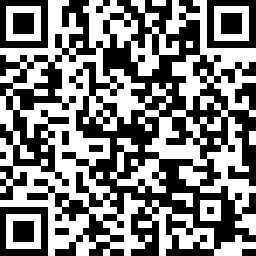
下载亿题库APP
联系电话:400-660-1360

下载亿题库APP
联系电话:400-660-1360

请谨慎保管和记忆你的密码,以免泄露和丢失

请谨慎保管和记忆你的密码,以免泄露和丢失
Technical Analysis
Technical analysis is a form of security analysis that uses price and volume data in decision making.
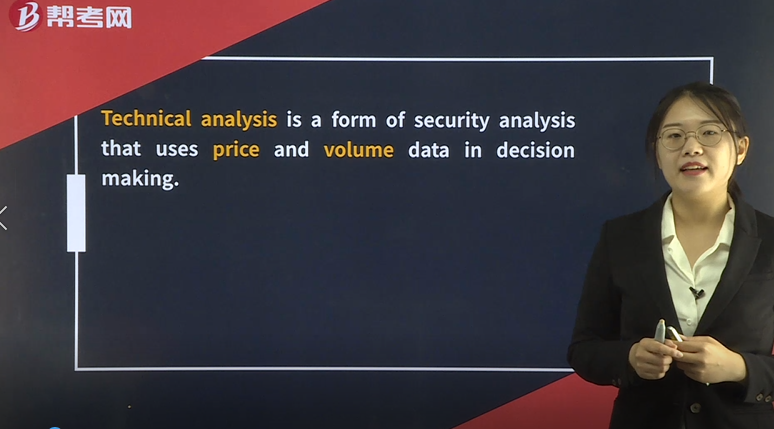
The underlying logic of technical analysis:
1 Supply and demand determine prices.
2 Changes in supply and demand cause changes in prices.
3 Prices can be projected with charts and other technical tools.
Not require detailed knowledge of that instrument. Can be applied over any time frame.
Principles and Assumptions:
Market trends and patterns reflect irrational human behavior, they tend to repeat themselves and are predictable.
The market reflects the collective knowledge and sentiment of many varied participants and the amount of buying and selling activity in a particular security.
Assume market not efficient.
Technician has more concrete data (price and volume), to work with. Limited to studying market movements and do not use other predictive analytical methods. Do not care underlying reasons.
Fundamentalanalysis: numerous estimates and assumptions to arrive at the financial statements. Time lag occurs between the market’s activities and the analyst’s conclusions.
Technical analysis: more practical because a technician studies the markets and financial instruments as they exist, even if trading activity appears, at times, to be irrational.
Fundamental analysis: more theoretical approach
because it seeks to determine the underlying long-term (or intrinsic) value of a security.
Technical analysis: analysis of commodities, currencies, and futures (the assets do not have underlying financial statements or an income stream). Superior tool in the case of securities fraud.
Fundamental analysis: analysis of fixed-income and equity securities.
Drawbacks of technical analysis :
technicians are limited to studying market movements and do not use other predictive analytical methods.
can be late in identifying changes in trends or patterns.
Limit of technical analysis:
The application of technical analysis is limited in markets that are subject to large outside manipulation and in illiquid markets.
May give incorrect reading in the case of bankruptcy
[Practice Problems] Which of the following is not an assumption of technical analysis?
A. Security markets are efficient.
B. The security under analysis is freely traded.
C. Market trends and patterns tend to repeat themselves.
[Solutions] A
Technical analysis works because markets are not efficient and rational and because human beings tend to behave similarly in similar circumstances.
The result is market trends and patterns that repeat themselves and are somewhat predictable.
[Practice Problems] Why is technical analysis especially useful in the analysis of commodities and currencies?
A. Valuation models cannot be used to determine fundamental intrinsic B. value for these securities.
C. Government regulators are more likely to intervene in these markets.
These types of securities display clearer trends than equities and bonds do.
[Solutions] A
Commodities and currencies do not have underlying financial statements or an income stream; thus, fundamental analysis is useless in determining theoretical values for them or whether they are over- or undervalued.
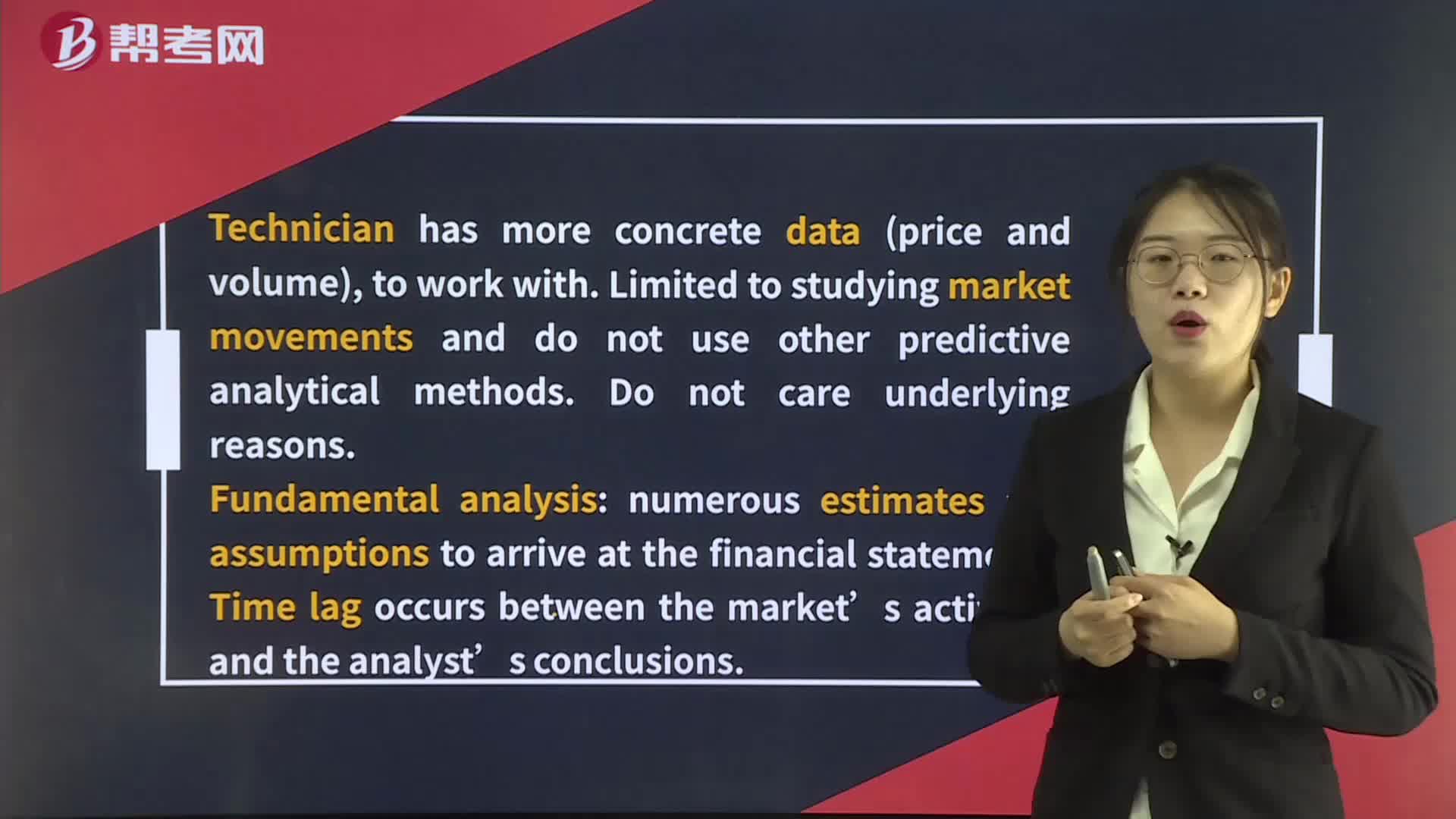 496
496Technical and Fundamental Analysis:between the market’s activities and the analyst’s conclusions.:Technical:analysis:appearsTechnicalanalysis[Practice
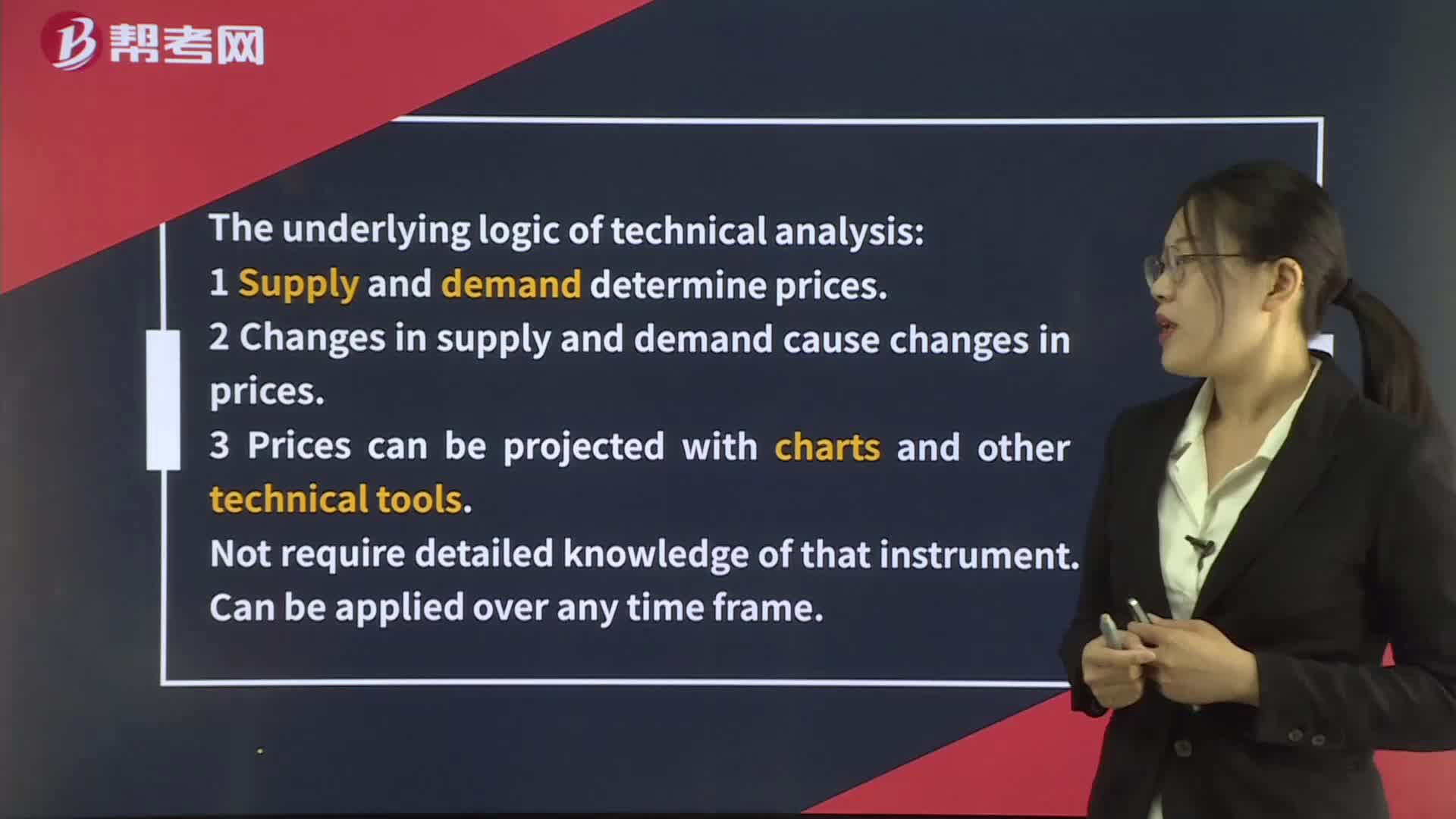 159
159Technical Analysis:Technical:Assume market not efficient.
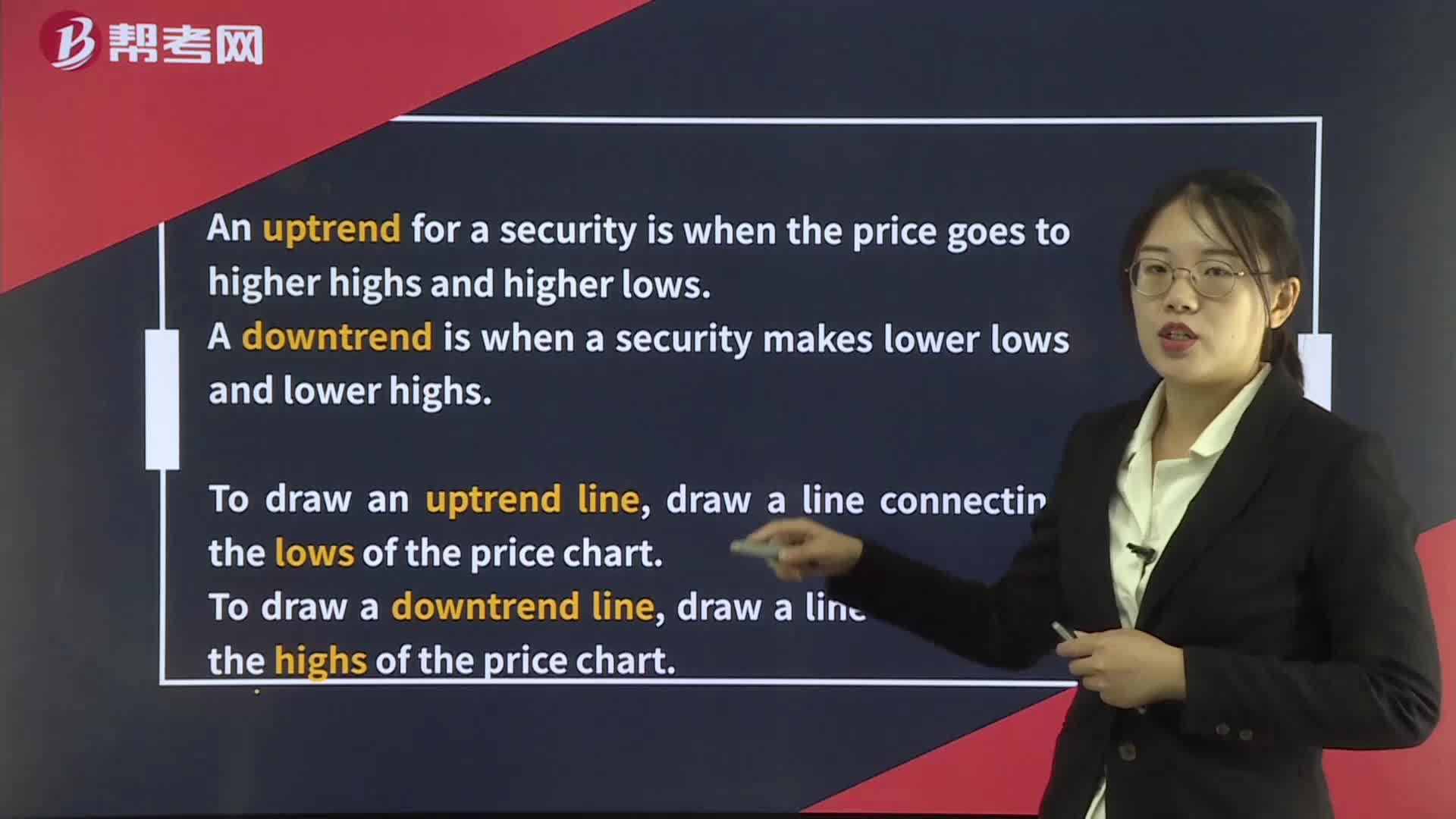 241
241Technical Analysis Tools— Trend:line,draw a line connecting the highs of the price chart.:price.[PracticeLtd.Change

微信扫码关注公众号
获取更多考试热门资料